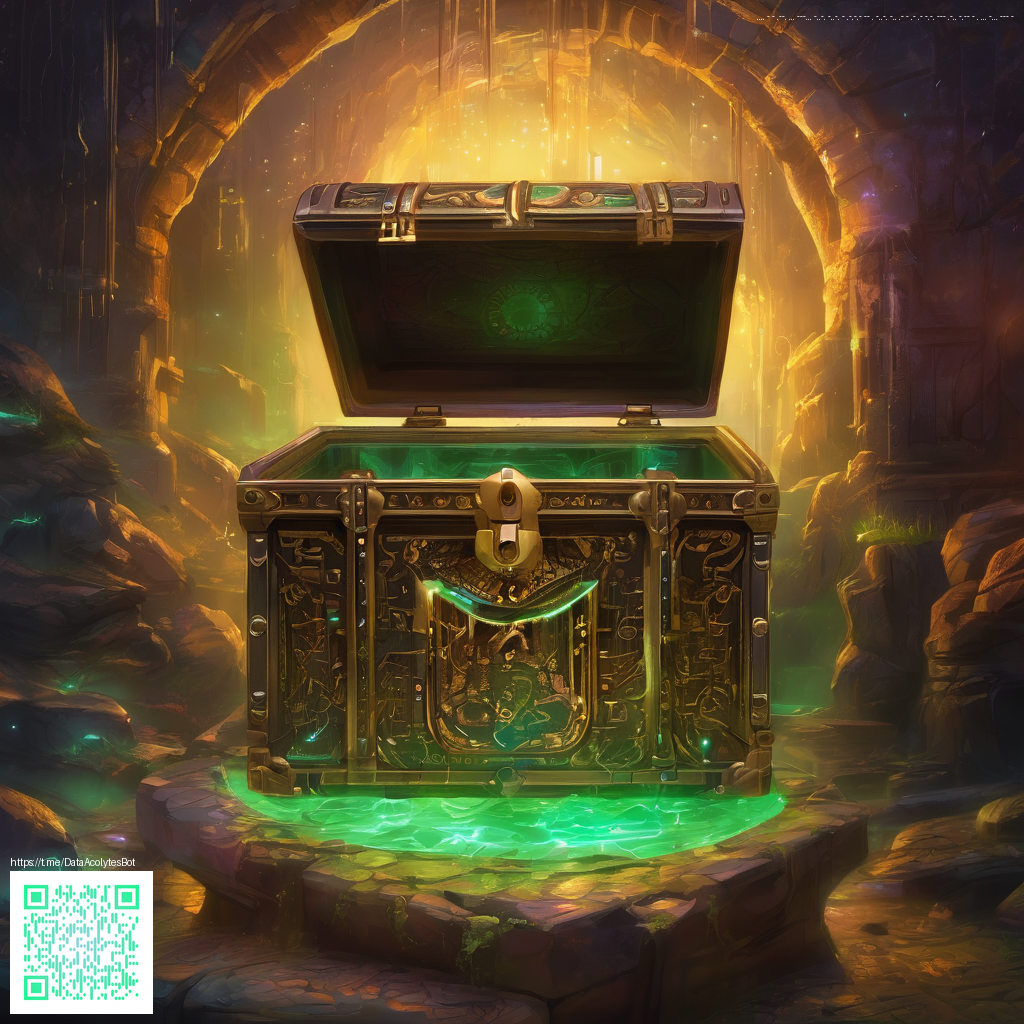
Designing for Artists: Principles of Irresistible Texture Packs
In the world of digital art, texture packs are the language that ties imagery to tactile reality. They give an artist’s projects depth, believability, and a consistent visual voice across environments. When designed with intention, a well-crafted texture pack can elevate a simple composition into a scene that feels tangible—whether it’s weathered metal, sun-warmed wood, or soft fabric weaves. The goal is not just variety, but a cohesive library that plays well with lighting, color workflows, and common rendering engines.
Seamless tiling: the core requirement
At the heart of a successful texture pack is seamless tiling. Artists rely on edge-to-edge continuity, so patterns must repeat without visible seams. Building tileable textures starts with a clear plan: define the target resolution, decide on a set of base materials, and map how those textures will behave under different lighting conditions. Techniques such as offsetted tiling checks, edge bleeding, and careful color matching help keep repetition from feeling jarringly obvious. The result is a library that can be scaled across scenes without pulling the viewer out of the moment.
- Plan a cohesive palette and material categories (metal, fabric, organic, surfaces).
- Create base textures at a practical resolution (1024x1024 or 2048x2048) with room to scale.
- Bake supporting maps (normals, roughness, ambient occlusion) that enhance realism without bloating file sizes.
- Test tiling in context with lighting and shadows to ensure consistency.
- Package variants (color shifts, wear levels) to expand versatility without creating redundancy.
“Textures that shine in isolation dim when placed in a scene; the best packs elevate the entire image by remaining quiet yet present where it matters.”
From concept to market: packaging and previews
Beyond the raw textures, how you present and package a pack matters almost as much as the assets themselves. Clear naming conventions, descriptive previews, and a thoughtfully organized directory structure help artists find and deploy textures quickly. Include a short usage guide, sample renders, and a tiling test file so buyers can verify seamlessness before purchase. When possible, provide a small set of representative maps in common formats (PNG for color and roughness, TIFF/EXR for higher dynamic range) to accommodate different pipelines. If you’re testing out distribution on the go, you’ll appreciate tangible accessories that help you demonstrate texture scale in context. For example, Phone Grip Click-On Adjustable Mobile Holder Kickstand can keep your device steady during quick on-location previews, ensuring your comparisons stay aligned as you swap textures in real time. A recent roundup of presentation ideas can be found on this page for inspiration on on-screen storytelling and mockups.
Tools, formats, and workflow
Streaming your workflow matters as much as the assets themselves. A typical pipeline might look like this: reference gathering and mood boards → high-resolution base textures → seam tests and tiling adjustments → map baking → color grading and variation creation → export package with documentation. Keep formats versatile: PNGs for color and roughness maps, OBJ/FBX or USDZ previews for 3D contexts, and optional material presets for popular engines. Automating parts of the process, such as batch tiling tests and preset exports, can save hours per pack and reduce inconsistent outputs.
If you’re shopping for collaboration-friendly terms and a straightforward buy-in process, pairing texture packs with handy studio gear can be a smart move. For instance, a compact stand or grip helps you capture consistent reference shots, while online resources—such as the collection at https://cyber-static.zero-static.xyz/13b2e9d3.html—offer real-world presentation ideas to boost your marketing visuals.
Practical tips for future-proof texture packs
Design with scalability in mind. Create a core set of textures that cover common materials, then build variations that respect the same tiling logic and color balance. Document your workflow so others can reproduce or extend your library, and consider licensing that empowers artists to use textures across multiple projects without friction. Finally, invest in preview assets that convey texture depth at a glance—p real-time renders, swatch sheets, and a simple gallery guide can dramatically improve perceived value and speed up decision-making for buyers.
For creators who want to showcase textures with practical context, even a small accessory can make a big difference in how your work is perceived. Whether you’re testing in a studio or demonstrating in a portfolio, thoughtful presentation—paired with a solid technical foundation—will help your texture packs feel irresistible.